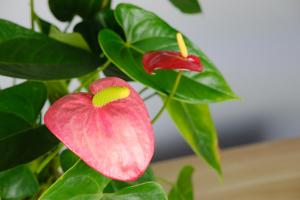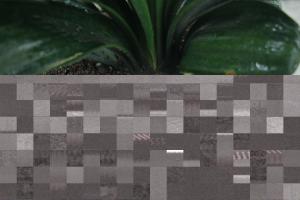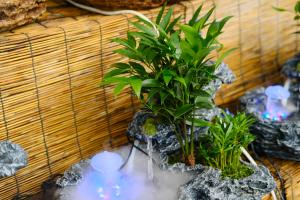Can You Plant Inside of a Dead Tree Trunk?
Dead tree trunks can be a source of inspiration for gardeners who are looking to create unique and interesting planters. However, planting inside of a dead tree trunk can present a number of challenges. In this article, we will explore whether it is possible to plant inside of a dead tree trunk, and offer some tips on how to do it.
What to Consider Before Planting Inside of a Dead Tree Trunk
Before you begin planting inside of a dead tree trunk, there are a few things to consider. Firstly, the condition of the trunk will determine whether it is suitable for planting. If the trunk is too rotted or unstable, it may not be able to support the weight of the soil and plants. Secondly, you should think about the type of plant you want to grow. Some plants, such as succulents and ferns, may be better suited to the damp and shaded environment of a dead tree trunk, while others may require more sunlight and ventilation.
Preparing the Tree Trunk for Planting
Once you have selected a tree trunk that is suitable for planting, you will need to prepare it. Depending on the condition of the trunk, you may need to remove any remaining bark or rotting wood to create a smooth surface. You can also create drainage holes in the bottom of the trunk to prevent water from pooling and causing root rot. Finally, you will need to add soil to the trunk, which can be a challenging task as the trunk may be narrow and difficult to access.
Choosing the Right Plants for a Dead Tree Trunk
Choosing the right plants for a dead tree trunk is crucial for success. As mentioned earlier, succulents and ferns are great choices for a shaded and damp environment. You can also consider adding moss, which can help to retain moisture and create a naturalistic look. If you prefer to grow flowers or other decorative plants, you will need to select species that can thrive in the conditions of a dead tree trunk. Some options include petunias, impatiens, and ivy.
How to Maintain Plants in a Dead Tree Trunk
Maintaining plants in a dead tree trunk can be a challenge, as the conditions are quite different from those of a traditional planter. To ensure the health of your plants, you should water them regularly and monitor the soil moisture levels. You should also be careful not to over-fertilize, as the decay of the wood can release nutrients into the soil. Finally, you should prune any dead or damaged foliage, and remove any pests or fungal growths that may appear.
Conclusion
Planting inside of a dead tree trunk can be a rewarding and creative way to add interest to your garden. While it may present some challenges, with proper preparation and care, you can create a stunning and unique planter that is sure to impress.

 how many times do yo...
how many times do yo... how many planted tre...
how many planted tre... how many pine trees ...
how many pine trees ... how many pecan trees...
how many pecan trees... how many plants comp...
how many plants comp... how many plants can ...
how many plants can ... how many plants and ...
how many plants and ... how many pepper plan...
how many pepper plan...































